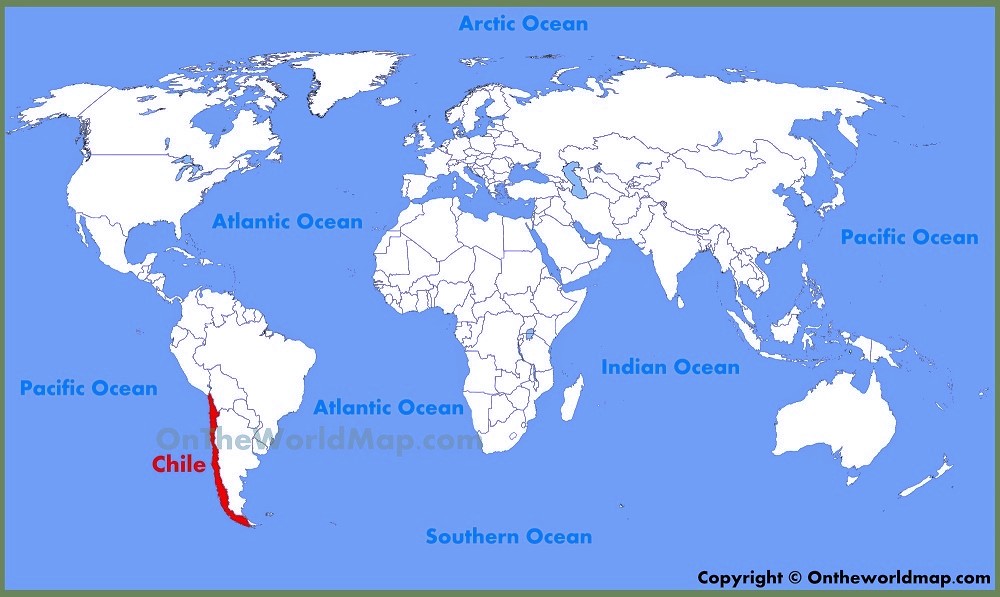Afro-Chileans Aren’t Done Fighting for Representation
Campaign for the INCLUSION of Afro-descendant people in Chile in response to the discriminatory act that Chile’s National Institute of Statistics did to EXCLUDE the Afro-Chilean people in the upcoming 2017 National Census.
With this racist act, the Chilean state violates various international treaties with respect to human rights, racism, discrimination, and xenophobia. We thank all those individuals that participated with their images and testimony.
Census of Afro-Chileans begins in North – The Santiago Times
Lumbanga Organization of African descent of Arica and Parinacota , together with the Municipality of Arica , organizes the IX Bajada Afro Carnival 2012 , dancing Saya and singing down the street May 21 and in front of the house culture, Afro beat with joy and art.
Since the Yungas of Bolivia true * Saya Afroboliviana Mauchi from Tacna Peru * Black Power * from Arica Chile : * * * Gold Black Lumbanga * * * * Tomb Black Arica Carnival * * AfroColombians a delegation of residents and Manolito * and Negros , dance by the * 9th version of the Bajada del Carnaval Afro * Cultural event reminiscent of men, women and children who once came from Africa to Arica and Lluta , Azapa and Codpa .
World Map Of Chile
vidamagazineua.com/#!afro-chilean-culture
The mixed race of many Afro-Chileans has led to a number of studies to officially document the presence of African DNA in Chile. However, Florencia Valdes, an AfroMandingue dance instructor, says in terms of culture there is a traditional African presence that does not need percentages or statistics to prove its roots.
The cueca, Chile’s national dance, has African origins. According to various historians, the word “cueca” comes directly from “zamacueca,” a traditional dance with African rhythms.
Valdes teaches Chileans around the Santiago area Afro Mandingue, a type of dance that originated in Ghana, the part of Africa where her husband is from.
Afro-Chileans Seek Recognition in Census
Afro-Chileans are citizens of Chile, descended from Africans who were brought to the New World with the arrival of the Spaniards toward the end of the slave trade.
The black population in Arica was considerable. The city of Arica, Chile was founded in 1541 and was part of Peru until 1880, when it was taken by Chilean forces during the War of the Pacific. At the beginning of the Colonial era, Peru was one of the frequent destinations for blacks that had settled at the coast to work in rural and domestic occupations. It was a different immigration compared to the rest of the continent.
Most of the black people that came to Peru were from the Antilles or Africa, specifically from the regions of Congo and Angola. They were not a homogeneous ethnic group, like the immigrants and descendants of slaves in Cuba and Brazil, so they were integrated into the Peruvian culture, forming a new identity.
Arica was one of the main cities to receive these people. There are several confusing reasons for this. First, the city was the main port that exported Bolivian silver to Europe. It was a productive area due to the Azapa Valley and its production of sugar cane and cotton. The city was quite isolated during those years: the communication system was precarious.
The black majority made itself felt since the beginning of 1620, when a free black man named Anzúrez and his pal, who was also black, were elected as majors of Arica. The response came right away. Six months later, an order by Peru’s viceroy, don Francisco de Borja y Aragón, declared these nominations to be void.
A specific group of blacks in Chilean history are the members of the 8th Regiment of The Andean Liberation Army that fought the Spaniards in Chacabuco. That was the Army organized in Argentinian territory and led by San Martin to liberate Chile and later allow the liberation of Peru. San Martin demanded black slaves as contribution to the Liberation Army by the Mendoza landowners, because in his opinion blacks were the only people capable to participate in the infantry component of the Army, and included them in the forces commanded later by O’Higgins. They were included in the Andean Liberation Army and received their freedom after the crossing of the Andes and the fight against the Spaniards. As members of the infantry they were exposed to the higher risks during the battle. This episode of the history of Chile is very seldom mentioned and the group of blacks has never received any recognition for their contribution to the liberation of Chile.
The African minority that lived in Santiago, Quillota or Valparaiso began to mix with gypsies, and Europeans, shaping a whole new ethnic and cultural identity for Chile.
Chile banned slavery in 1811 through the “Liberty of womb” law made by Manuel de Salas, seven years after he had read the following announcement in a newspaper: “For sale: 22 to 24-year-old mulatto, nice condition, good price.” Thanks to this ban, dictated in 1823, Chile became the second country in Latin America to prohibit slavery, after Haiti.
Despite the gradual emancipation of most black slaves in Chile, slavery continued along the Pacific coast of South America throughout the 19th century, as Peruvian slave traders kidnapped Polynesians, primarily from the Marquesas Islands and Easter Island and forced them to perform physical labor in mines and in the guano industry of Peru and Chile.
Notable Afro-Chileans
- Occupé Bayenga, footballer (Congolese naturalized Chilean)
- Rétélie Beauchamp
- Jean Beausejour, Birmingham FC footballer (Haitian father)
- Junior Fernandes, Universidad de Chile footballer (Afro-Brazilian parents)
- Dominique Lattimore
- Juan David Rodríguez, singer (Cape Verdean great grandfather)
- Juan “Chocolate” Rodríguez, musician (Cape Verdean grandfather)
source:



No Comments Yet